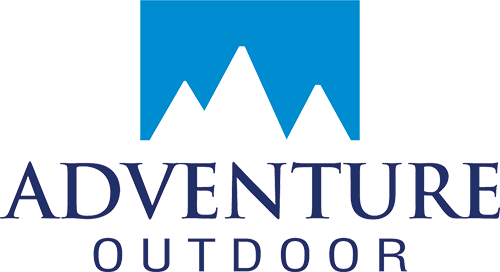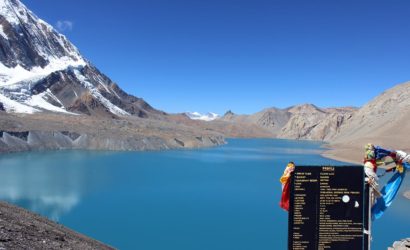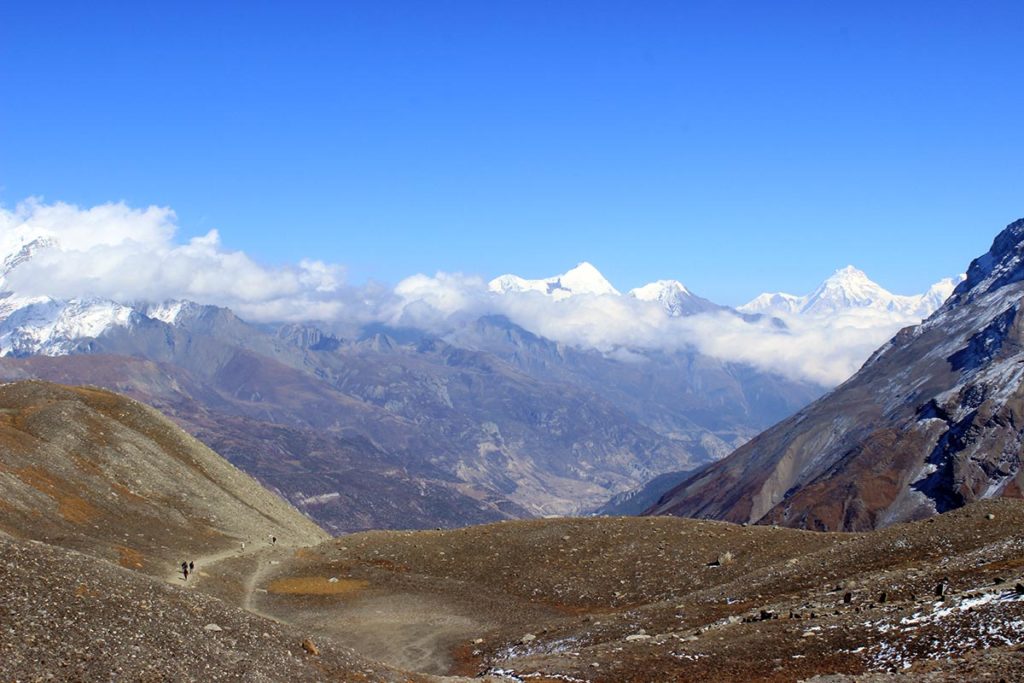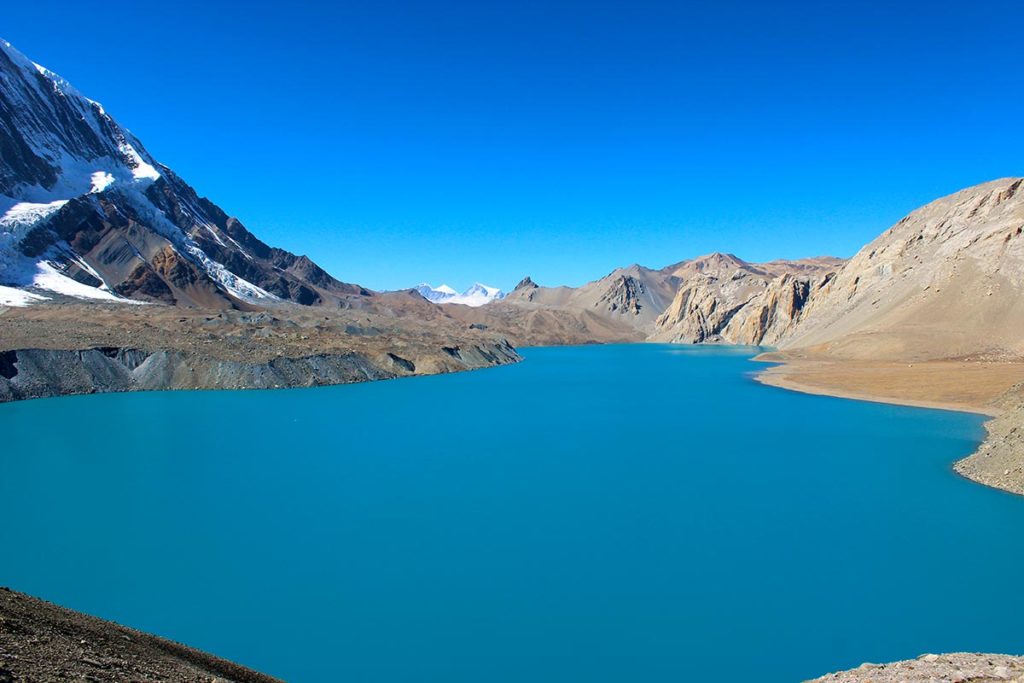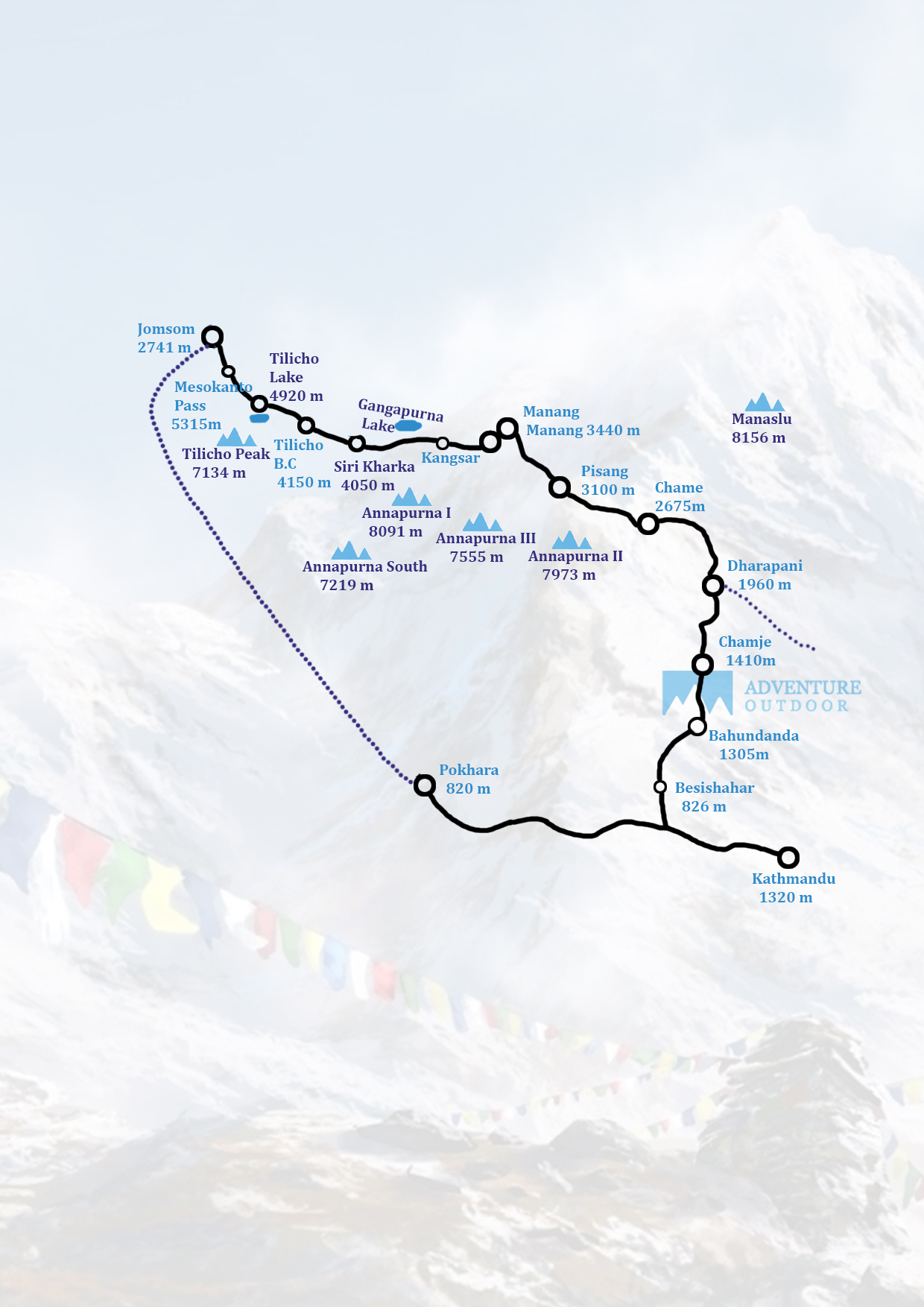The initial segment of the trail plummets to the waterway and after intersection a suspension bridge, you start a move to Sattale (1550m.) on a way so steep that it appears to be one slip would send you tearing down into the valley. You proceed with an undulating way over the stream and at one point where tributary streams in from the contrary bank, the fundamental waterway winds up secured with immense stones that conceal the water. Climbing the crisscross way to the highest point of the slope, you see the level, plain of Tal (1700m.) preceding us. Even though it is encased by precipices, the level territory looks consoling after the frightening mountain ways simply went on. You dive to a lush riverbank which prompts Tal with its inns and tea houses. Past Tal, the valley limits, and the way turns out to be high and twisting, and in a few zones from the stone itself. Past the little town of Karte (1900m.), there is more bluff strolling before the way drops again to the stream. You cross a suspension extension and climb the short separation to the stone khani denoting the passage to Dharapani (1960m.), and our camp for the night.
